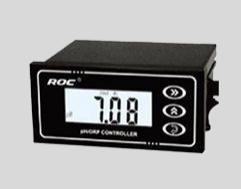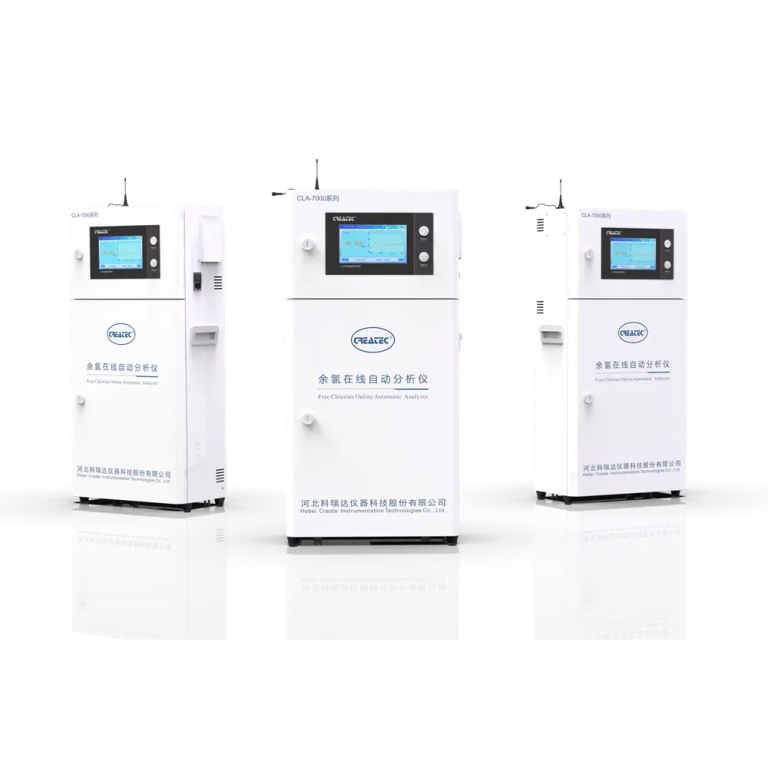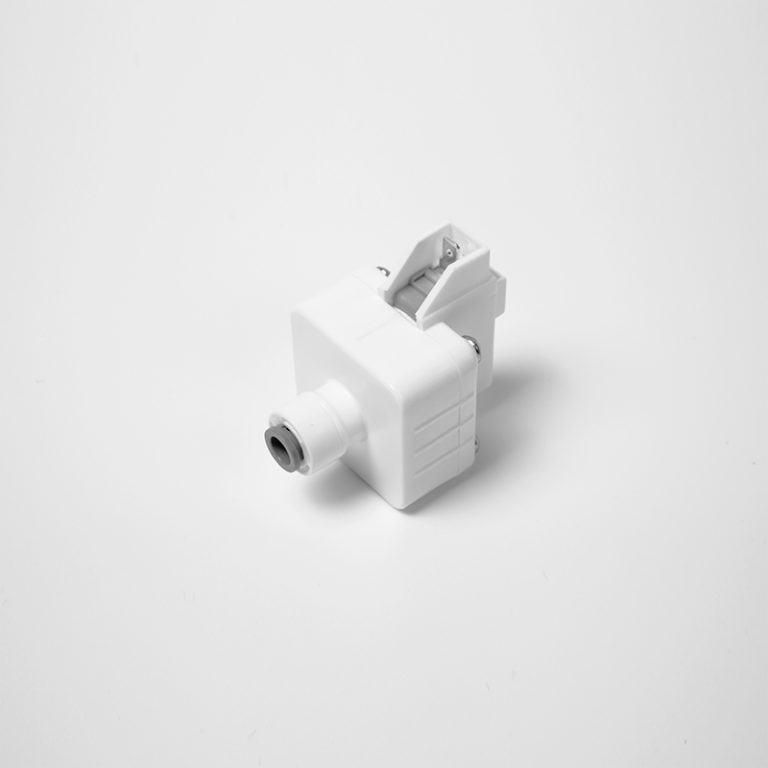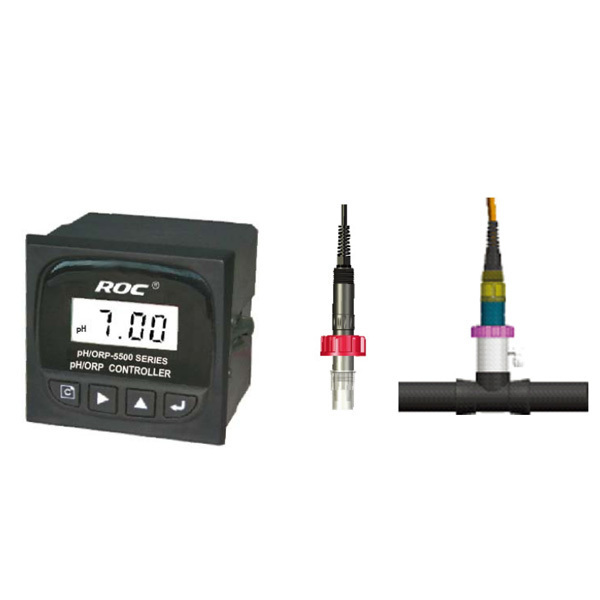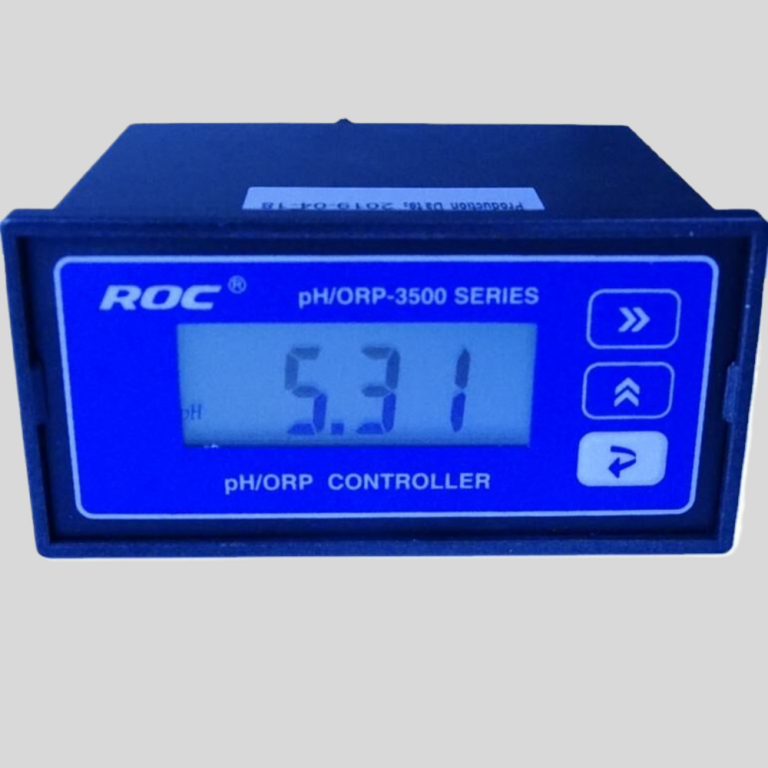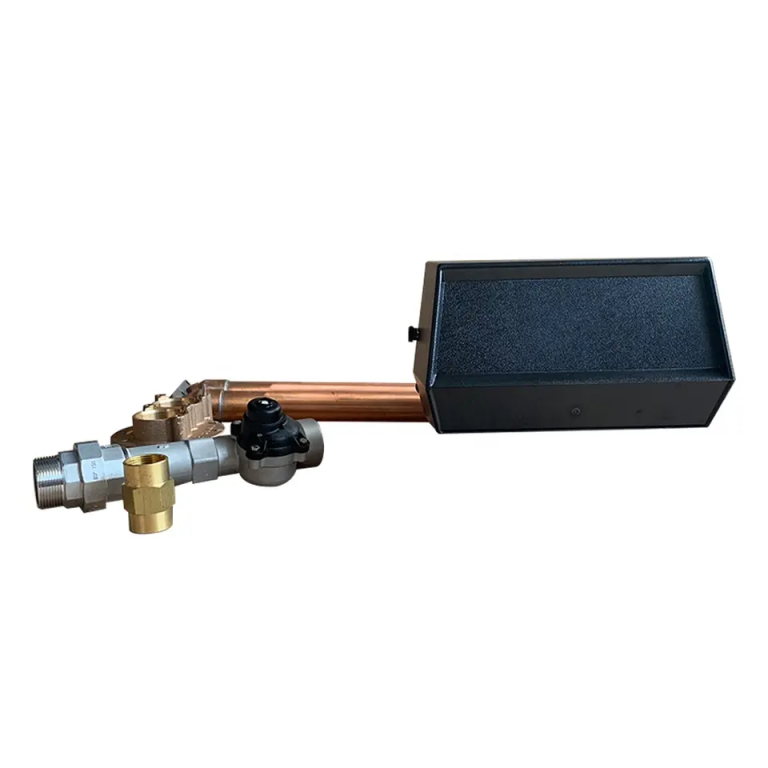Table of Contents
Understanding Chinese Push Fitting HSN Code for International Trade
Chinese Push Fittings HSN Code and CE Certification for International Trade
In the world of international trade, understanding the intricacies of product classification and certification is crucial. This is particularly true when it comes to Chinese push fittings, which are widely used in plumbing and HVAC systems. One of the key aspects of trading these products internationally is knowing the Harmonized System of Nomenclature (HSN) code and the importance of CE certification.
The HSN code is an internationally accepted system for the classification of goods. It is used to categorize products for customs and taxation purposes. For Chinese push fittings, having the correct HSN code is essential for smooth international trade. The HSN code for push fittings is 74122020, which specifically covers copper tube or pipe fittings.
| Model | Tube(a) | Stem(b) |
|---|---|---|
| 1801-A | 1/4 | 1/4 |
| 1801-C | 1/4 | 3/34 |
In addition to the HSN code, CE certification is another critical aspect of trading Chinese push fittings internationally. CE marking indicates that a product complies with European Union (EU) health, safety, and environmental protection standards. While CE certification is not mandatory for products exported from China, it is often a requirement for products entering the EU market. Therefore, Chinese manufacturers and exporters of push fittings need to ensure their products meet CE certification standards to access the EU market.
When it comes to obtaining CE certification for Chinese push fittings, manufacturers must adhere to the relevant EU directives and standards. This includes conducting tests and assessments to demonstrate compliance with essential requirements such as material safety, mechanical resistance, and dimensional accuracy. Once a product meets these requirements, the manufacturer can affix the CE mark, indicating conformity with EU regulations.
For international traders dealing with Chinese push fittings, understanding the HSN code and CE certification is essential for compliance and market access. The correct HSN code ensures smooth customs clearance and accurate taxation, while CE certification opens doors to the lucrative EU market.
Furthermore, it is important to note that the HSN code and CE certification are not only crucial for regulatory compliance but also for building trust with customers. International buyers often look for products with proper classification and certification, as it demonstrates a commitment to quality and safety standards.
In conclusion, navigating the world of international trade for Chinese push fittings requires a deep understanding of the HSN code and CE certification. These two elements play a pivotal role in ensuring compliance, market access, and customer trust. By staying informed about the latest regulations and standards, manufacturers and traders can effectively position Chinese push fittings in the global marketplace, driving growth and success in the plumbing and HVAC industries.
Navigating CE Certification Requirements for Chinese Push Fittings
Navigating CE Certification Requirements for Chinese Push Fittings
When it comes to importing and selling Chinese push fittings in the European market, understanding and adhering to CE certification requirements is crucial. The CE marking is a mandatory conformity marking for products sold in the European Economic Area (EEA) and indicates that the product complies with the essential health, safety, and environmental protection requirements set out in European Directives. In this article, we will delve into the intricacies of CE certification for Chinese push fittings, providing a comprehensive guide for businesses looking to navigate this process effectively.
First and foremost, it is essential to understand the specific HSN (Harmonized System of Nomenclature) code for Chinese push fittings. The HSN code is a standardized system for classifying goods in international trade, and having the correct HSN code for your product is fundamental for customs clearance and compliance. For Chinese push fittings, the HSN code falls under the category of “Plastic Tubes, Pipes, and Hoses” and is typically classified under specific subheadings within this category. It is imperative to accurately identify the HSN code for Chinese push fittings to ensure smooth import and export procedures.

Once the HSN code has been determined, the next step is to initiate the CE certification process. CE certification for Chinese push fittings involves a series of steps to demonstrate compliance with relevant European Directives. This may include testing the product for conformity with essential requirements, preparing technical documentation, and, in some cases, involving a notified body for assessment. It is crucial to engage with a competent and accredited certification body to ensure that the Chinese push fittings meet the necessary standards and requirements for CE marking.
Furthermore, it is important to note that CE certification requirements may vary depending on the specific type and intended use of the Chinese push fittings. Different product categories may be subject to distinct directives, such as the Pressure Equipment Directive (PED), the Construction Products Regulation (CPR), or the Restriction of Hazardous Substances (RoHS) Directive. Understanding the applicable directives and their implications for Chinese push fittings is essential for achieving CE compliance.
In addition to meeting technical requirements, it is also essential to address documentation and labeling obligations for Chinese push fittings. This includes preparing a Declaration of Conformity (DoC) affirming the product’s compliance with relevant directives, as well as affixing the CE marking on the product and its packaging. Clear and accurate labeling is critical for demonstrating conformity and ensuring traceability in the European market

